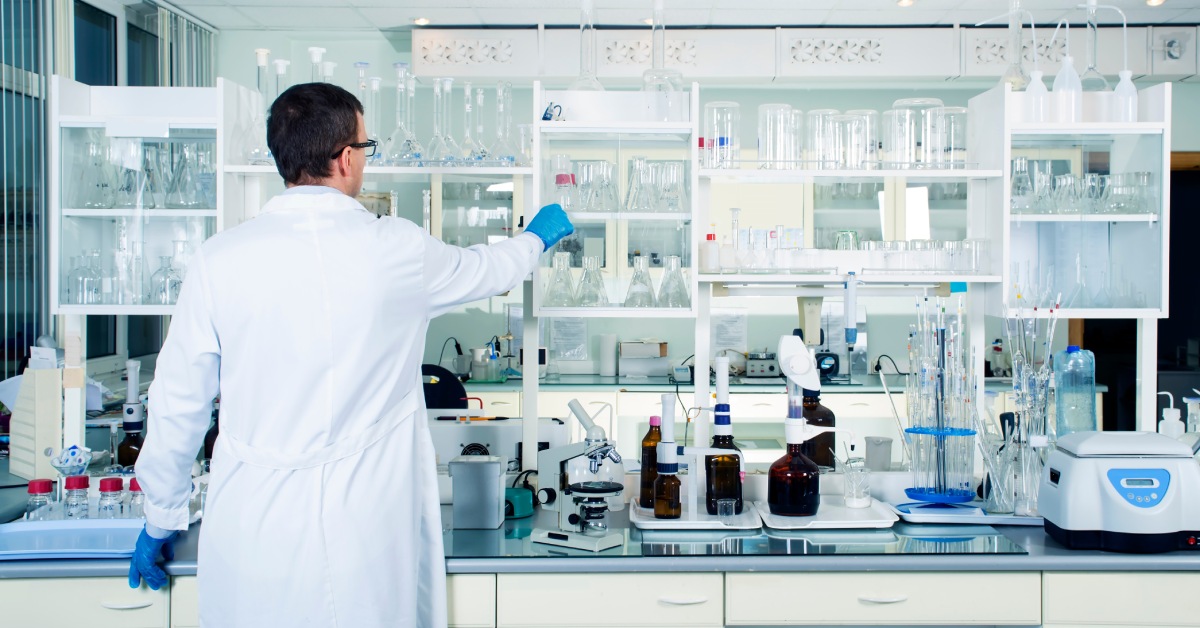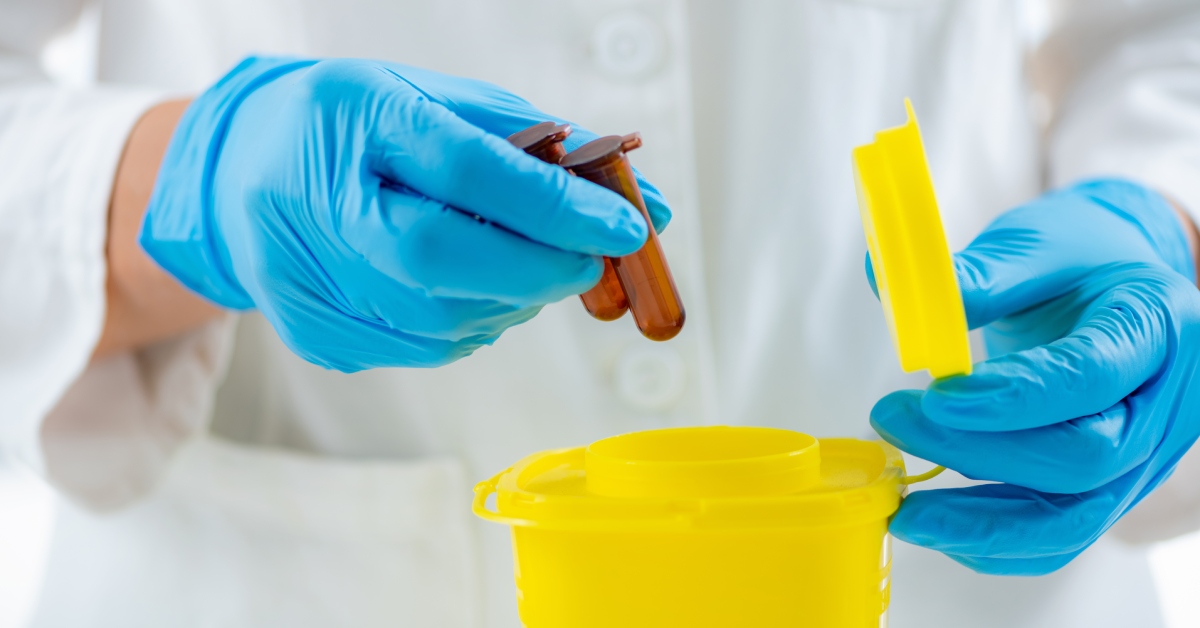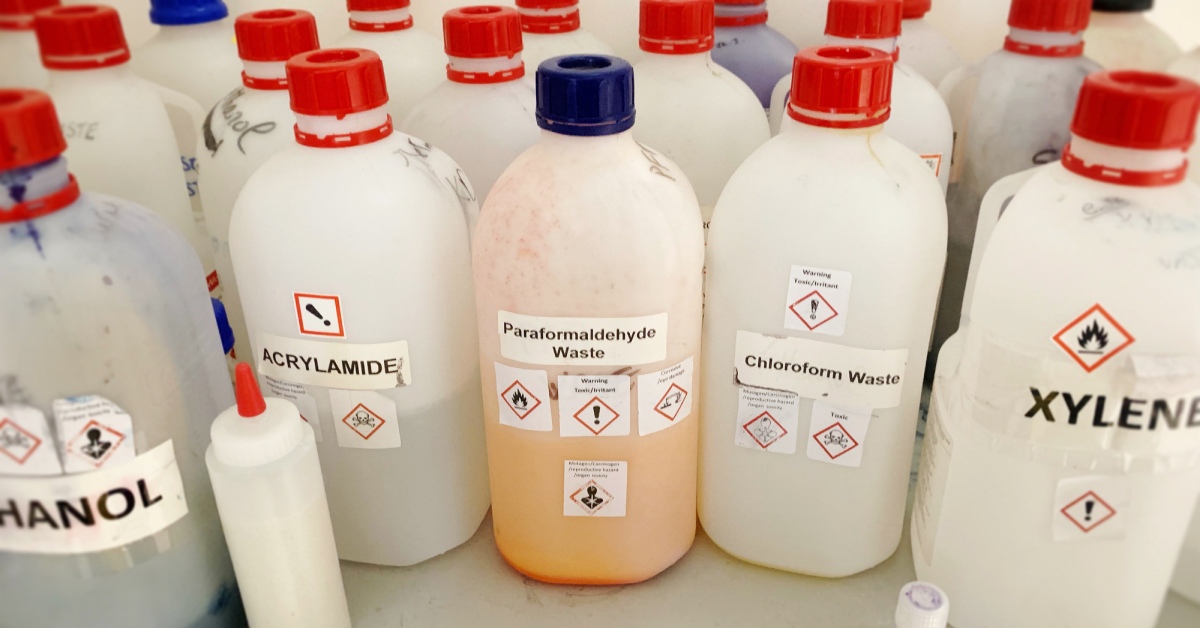Why Segregation Is an Important Part of Lab Packing

If you’re a lab manager or play another pivotal role in ensuring the safety, efficiency, and compliance of your lab or other facility, you are probably already aware of the practice of lab packing: the proper packing and disposal of chemical waste, usually into barrels, which are then stored or otherwise disposed of elsewhere. Proper lab packing ensures compliance and minimizes risks associated with the handling and disposal of hazardous substances. Every part of lab packing is important, but segregation is one of its most necessary practices. Understanding why segregation is essential helps lab managers and other staff mitigate risks, comply with regulations, and promote a safer working environment. Here’s why segregation is an important part of lab packing.
The Importance of Segregation
Another short definition: segregation is the systematic separation of chemicals based on their hazard class. It involves grouping chemicals that are compatible and storing them separately from incompatible ones to prevent certain issues, accidents, or disasters. Here are five key reasons why segregation is a vital aspect of lab packing:
- Safety—Safety is the primary reason for segregation. When incompatible chemicals mix, it may lead to dangerous and even deadly reactions. Fire, explosions, and toxic gases may result when certain substances intermingle. For example, storing acids and bases together can result in violent reactions. Segregating these substances prevents accidental exposure and hazardous conditions.
- Regulatory Compliance—There’s a rule for everything. With laboratory waste, regulatory bodies such as the Occupational Safety and Health Administration (OSHA) and the Environmental Protection Agency (EPA) generate strict guidelines on the storage and disposal of hazardous chemicals. If an inspection reveals lab packing noncompliance, it may result in hefty fines and legal consequences. Segregation ensures laboratories adhere to these regulations, avoiding penalties and maintaining good standing with regulatory authorities.
- Environmental Protection—This is the only planet we’ve got, so we must take care of it by preventing waste of any kind from entering the ecosystem. Proper lab packing segregation aids in the responsible disposal of chemical waste, minimizing environmental impact. Mixing waste complicates disposal processes and increases the risk of environmental contamination, whereas segregating hazardous waste engages targeted disposal methods, reducing the potential for environmental harm.
- Efficiency in Waste Management—Segregation may take a little bit of time to accomplish, but it streamlines the process of waste management overall. When chemicals are properly segregated, it is easier to identify, categorize, and label them for disposal. This means less time and effort spent handling waste, allowing lab personnel to focus on core tasks.
- Cost Effectiveness—Want to know what costs more than segregating lab packing waste? Hiring someone to deal with improperly mixed waste. Some wastes need to be disposed of in specific ways. When you fail to organize and lab pack waste for the waste disposal company, they’re left to do it, which can result in higher costs. Failing to properly segregate waste may also lead to fines resulting from violating the laws and regulations covering disposal. In short, it’s cheaper to segregate.

Implementing Effective Segregation
An effective segregation strategy requires careful planning and execution. Let’s delve into some practical steps to take when implementing one:
Conduct a Chemical Inventory
What sort of chemicals and substances does your lab use or produce? Do a thorough inventory of all the chemicals in your laboratory. Document their names, types, quantities, locations, and hazard classifications. This inventory is a firm foundation for effective segregation now and later.
Designated Storage Areas
Create designated storage areas for each hazard class in a safe part of the facility. Use appropriate storage cabinets and containers designed to handle specific types of chemicals. Ensure these storage areas are well organized and easily accessible.
Labeling and Signage
Ensure all chemicals are clearly labeled with their hazard classifications, using standardized labeling systems. Hang or place signage to indicate storage areas for different classes of chemicals, with necessary warnings. Maintain records about what is stored there and keep them handy elsewhere in case of an accident in the storage area.
Employee Training
Ensure your employees are properly trained in handling, organizing, segregating, and storing chemicals and waste generated by the lab. Train laboratory personnel on how to identify hazard classes and the correct procedures for storing and disposing of chemicals and other hazardous substances.
Audits and Inspections
Conduct regular audits and inspections to ensure compliance with segregation practices. Identify any deviations from established protocols and take corrective actions promptly. Regular monitoring helps maintain a high standard of safety and compliance.
Emergency Preparedness
Although you take measures against emergencies, are you and your staff ready to tackle one if it arises? Have protocols in place for handling spills, leaks, fires, explosions, and other incidents involving hazardous chemicals. Ensure emergency equipment such as spill kits, fire extinguishers, personal protective equipment (PPE), and other tools are up to date and readily available.

Common Challenges in Segregation
Review these the following common challenges to overcome when it comes to segregation. Be sure to address these through regular instruction and training.
Lack of Awareness
Segregation during lab packing should be standard procedure. Ensure this is the rule by raising awareness among laboratory personnel about its importance. Provide periodic and mandatory training sessions and educational materials to keep staff informed and aware of best practices.
Limited Storage Space
Limited storage space is a challenge to proper segregation. Invest in providing and expanding storage areas, and optimize existing storage areas by using vertical space, modular shelving, and compact storage solutions. Consider investing in specialized storage cabinets and organization materials that maximize space utilization.
Chemical Classification Complexity
Simplify, simplify, simplify. Use color-coded labels and charts to identify chemical classifications and represent various hazard classes. The ability to quickly identify chemicals and their respective hazards may save time when dealing with accidents and more.
Resistance to Change
Some folks want to keep things the way they’ve always been, but that’s not always a good idea where chemical segregation is concerned. Involve staff in the planning and implementation process, encouraging feedback to foster a sense of ownership and cooperation while upgrading practices and safety.
Inconsistency
Maintain consistency in segregation practices by developing standard operating procedures (SOPs) that outline the steps for segregation and ensure everyone follows them. Regular audits and inspections will enforce these practices and ensure a culture attuned to improving the processes and ensuring greater safety.
Those are just a few reasons why segregation is an important part of lab packing, as well as a few notions to keep in mind about keeping your staff and facility safer. If you’re interested in learning more about lab pack services and what we can do to help your lab remain safer and cleaner, contact us for a consultation today!
